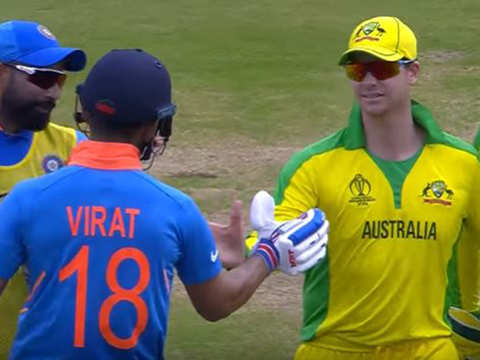Cricket is a sport that combines the thrill of batting and the art of bowling with the strategic finesse of fielding. While batting and bowling often steal the limelight, fielding is equally crucial in determining the outcome of a game. To excel in the field, players need to know not only how to catch and throw but also where to stand. In this blog post, we will explore the various cricket fielding positions, their significance, and why they matter in the grand scheme of the game.
Understanding the Fielding Setup
Cricket fielding positions can be divided into three categories: close-in fielders, boundary fielders, and outfielders. Each category has its unique role and importance in the game.
Close-in Fielders:
Slip Fielders: Slip fielders stand close to the batsman, usually on the off side. They are positioned to catch edges of the bat, especially when the ball is swinging or seaming. Slip fielders need sharp reflexes and excellent catching skills.
Gully: Similar to slip fielders, gully fielders are placed slightly wider. They are crucial for catching balls that go between slip and point. This position is used when the bowler is trying to induce an edge.
Leg Slip: Leg slip is positioned on the leg side, mainly for catching edges that go off the batsman’s leg. It’s a specialized position used against spin bowlers.
Short Leg: Short leg stands close to the batsman on the leg side. This position is for catching shots that hit the batsman’s leg or pad. Short leg fielders need to be fearless as they are often exposed to powerful shots.
Boundary Fielders:
Deep Square Leg: Positioned deep on the leg side, this fielder prevents boundaries and takes catches off aerial shots played on the leg side.
Long On and Long Off: These fielders patrol the boundary on the leg and off sides, respectively. They are crucial for stopping balls from crossing the boundary and also for catching skied shots.
Deep Mid-Wicket and Deep Cover: These positions are used when a batsman is likely to target the leg side (mid-wicket) or off side (cover) boundaries. They provide additional coverage on the boundary.
Outfielders:
Mid-On and Mid-Off: These fielders are positioned in the inner circle, straight in front of the batsman. They are responsible for stopping straight drives and providing support to the bowler.
Point: Point fielders stand near the point of the batsman’s off side. They are essential for stopping quick singles and cutting off boundaries square of the wicket.
Cover: Cover fielders are placed on the off side to cover shots played on the front foot. They are critical for preventing boundaries through the cover region.
Mid-Wicket and Square Leg: Positioned on the leg side, these fielders cover shots played on the back foot and are important for preventing runs in that area.
Fine Leg: Fine leg fielders are placed behind the batsman on the leg side. They are used to stop balls that are flicked or glanced fine.
The Strategic Significance:
Now that we’ve covered the various fielding positions, it’s essential to understand the strategic significance of their placement. The positioning of fielders is not arbitrary but is based on several factors:
Batsman’s Style: Fielding positions are often tailored to the batsman’s style of play. For example, if a batsman is known for aggressive off-side strokes, fielders may be positioned accordingly to counter that.
Bowling Strategy: The type of bowler and their strategy also influence field placements. A spinner might have a different set of fielders compared to a fast bowler.
Pitch Conditions: The condition of the pitch, including its bounce and movement, can dictate where fielders need to be positioned. On a seaming track, slip fielders become more critical.
Game Situation: The state of the game, including the number of wickets taken and runs scored, can impact fielding positions. For instance, in the closing stages of a limited-overs game, boundary fielders become crucial.
Batsman’s Weaknesses: Fielding positions can exploit a batsman’s weaknesses. If a batsman struggles against short-pitched deliveries, fielders may be placed in catching positions in the leg side.
Captain’s Instinct: Captains often rely on their instinct and knowledge of the game to position fielders strategically. They may make on-the-fly adjustments based on their assessment of the situation.
Plan Execution: Fielding positions are also a part of a well-thought-out plan devised by the team’s coaching staff. Players are expected to execute this plan diligently.
In conclusion, cricket fielding positions are not just dots on the field; they are a well-thought-out strategy to counter the batsman’s strengths and exploit weaknesses. Success in cricket is not only about individual talent but also about teamwork, and fielding positions play a vital role in ensuring that the team works cohesively towards victory. Next time you watch a cricket match, pay close attention to the fielding positions, and you’ll gain a deeper appreciation for the tactical nuances of this beloved sport.



